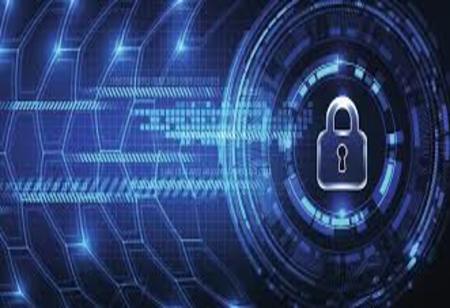
Securing the Cyber-Walls - A Paramount Concern for Organizations in 2021


We have sort of adapted to the new normal. It’s time to prepare for ‘Next Normal’. 2020 brought many challenges for the tech-world, whether its work from home, tech integration, dealing with cyberattacks, ransomware and more. But what will 2021 be like when we talk about cybersecurity? Check Point Software Technologies Limited (NASDAQ: CHKP), a cybersecurity solutions provider, recently released its cybersecurity predictions for 2021, which details the key security challenges that organizations will face over the next year.
The effects of the changes introduced during COVID-19 will remain the key focus of the IT and security team. According to the company, 81 percent of enterprises have adopted mass remote working for their employees while 74 percent of the organizations are planning to enable it permanently. When the case is so, the ransomware and botnet threats will remain a major concern for organizations. More so when the world is on the verge of adopting 5G networks, enterprises challenges will further transcend to securing the connected devices 5G will power.
“The COVID-19 pandemic derailed business-as-usual for virtually every organization, forcing them to set aside their existing business and strategic plans, and quickly pivot to delivering secure remote connectivity at massive scale for their workforces. Security teams also had to deal with escalating threats to their new cloud deployments, as hackers sought to take advantage of the pandemic’s disruption: 71 percent of security professionals reported an increase in cyber-threats since lockdowns started,” said Dr. Dorit Dor, Vice President of Products at Check Point Software Technologies.
He further adds, “One of the few predictable things about cyber-security is that threat actors will always seek to take advantage of major events or changes – such as COVID-19, or the introduction of 5G – for their own gain. To stay ahead of threats, organisations must be proactive and leave no part of their attack surface unprotected or unmonitored, or they risk becoming the next victim of sophisticated, targeted attacks.”
As per Check Point’s cybersecurity predictions for 2021, the predictions are broken into three parts – COVID-19 related developments, malware, privacy and cyber-conflicts and emerging 5G and IoT platforms. Hence it is important to secure the next normal by being ready for a series of next normal as we respond to these changes. Hence enforcing and automating threat prevention at all points of the network including employees’ mobiles & endpoints, IoT devices, clouds and others, to stop advanced attacks from spreading rapidly across organizations and exploiting weaknesses to breach sensitive data. As 78 percent of organizations are facing cyber-skills shortage, automating prevention will become critical.
As the world awaits COVID-19 vaccine, news for vaccine developments or new national restrictions will continue to be used in phishing campaigns. Just like the recent attacks on Dr. Reddy’s and Lupin, such attacks will continue to be targeted by malicious attacks for criminals or nation-states looking to exploit the situation. On the education sector front, as schools remain online due to the increasing COVID cases, e-learning platforms will continue to be targeted. No wonder the sector witnessed a 30 percent increase in weekly cyber-attacks during the month of August.
2020 Q3 saw a sharp rise in double-extortion ransomware attacks, where hackers first extract large amounts of sensitive data prior to encrypting a victim’s databases and then threaten to publish the data unless ransom demands are paid. This trend will continue to be on rise. On the other hand, the hackers have developed many malware families into botnets to build armies of infected computers with which they launch attacks. This army of the hackers will continue to increase.
Cyberattacks by nation states will also grow for espionage or to influence events in other countries. Microsoft reported that threat actors from just three countries launched 89 percent of nation-state hacking incidents over the past year. This means that increasing focus should be on securing national critical infrastructure and recognize the impact of attacks against other state sectors. The other two factors are weaponing deepfakes and ensuring privacy. On the other hand, with 5G and IoT platforms on rise, it is indeed important for organizations to save them using new technologies.